Tessa’s Recipe Rundown
Taste: Sweet without tasting cloying or artificial.
Texture: Once the icing is completely set, it hardens enough to not smudge, but not so much that it ruins the texture of the cookie.
Ease: SO easy!
Pros: Such a simple, fun way to decorate any cut-out cookie.
Cons: None.
Would I make this again? Absolutely!
This post may contain affiliate links. Read our disclosure policy.
This Easy Cookie Icing is a total game-changer for Christmas cookie decorating!
Since I love to bake and have made a career out of it, many people also assume that means I love to decorate. I actually learned a fair amount about cake, cookie, and pastry decorating in culinary school, but I have a big secret…
I actually hate decorating. Hate might be too strong a word – but seriously, I usually find it extremely tedious, boring, and pointless. It’s just going to get eaten and there’s nothing worse than people NOT eating something because it’s too pretty!! I guess I’m practical in that way.
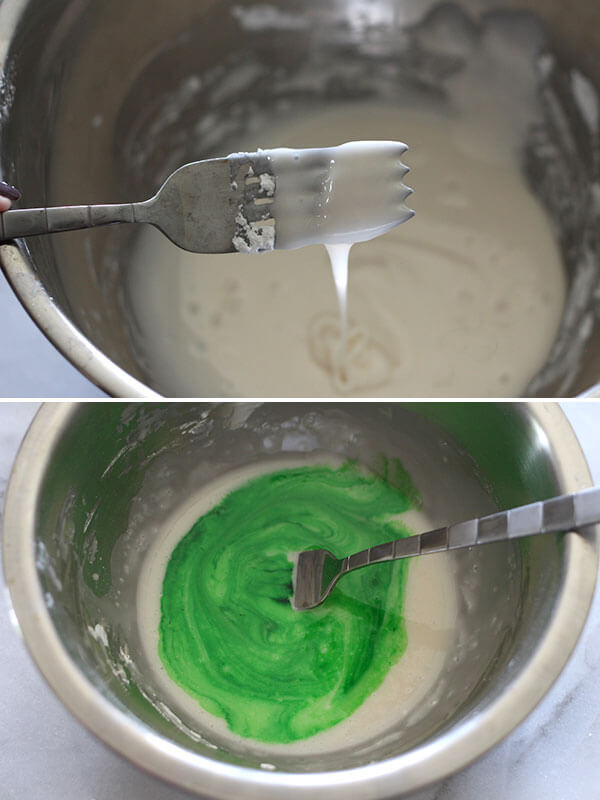
Lately, however, some of my favorite bloggers have convinced me that sometimes making something beautiful is worth the extra time and effort. That doesn’t mean I’m not going to try to find a way to make it easier, though!
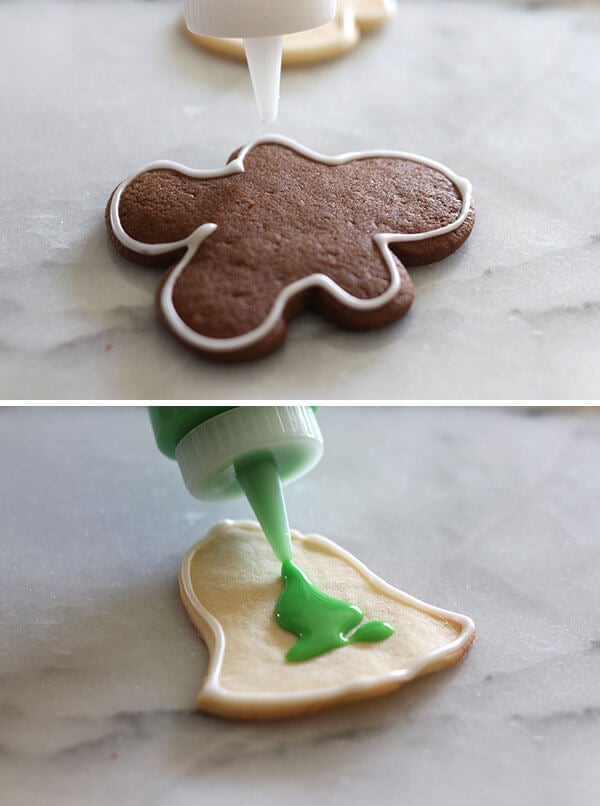
And that’s how I came to this method for Easy Cookie Icing. Royal icing may be beautiful, but it’s a huge pain and doesn’t even particularly taste good.
This easy cookie icing takes the same basic approach as royal icing. You make a thick border icing and then a thinner flood batch to completely decorate the surface of your cookies.
If you need an equally EASY sugar cookie recipe, just click here to see mine!
How to Make Easy Sugar Cookie Icing
How to Get the Perfect Consistency for Cookie Icing
This comes down to the powdered sugar:
- Be sure to use finely ground powdered sugar. Some brands are 5x ground and some are 10x. You want the latter to avoid any grittiness. For best results, use organic powdered sugar (which is made with tapioca starch) for a thicker, sturdier consistency and better flavor.
- Sift the powdered sugar first to make it completely smooth both in terms of texture and appearance.
- You will need to adjust the sugar and liquid to the right consistency for YOUR kitchen. Different brands of powdered sugar, different methods of measuring (cups vs. scale), water vs. milk, humidity, etc. will all affect how thin or thick your icing will turn out. Just keep adjusting the ratio until it’s right for you, adding a little more sifted powdered sugar to thicken, and a tiny splash more water/milk to thin.
How to get Perfect Cookie Icing Designs
You can always practice icing on a piece of parchment paper to test the consistency and to practice your decorating. You can even scrape the designs back into your bowl to avoid waste.
What Kind of Food Coloring is Best For Decorating Cookies?
I 100% prefer to use gel food coloring for icing cookies. Americolor or Wilton gel food coloring are my favorites. Gel coloring packs a powerful punch without adding extra liquid to the mixture. Start with just a drop of two and work from there.
How to Pipe Cookie Icing
Either squeeze bottles or pastry bags fitted with small plain tips. That’s all you really need! I personally prefer squeeze bottles as I find they’re easier to hold and handle, and you could even get the kids involved with those!
Do You Need Corn Syrup to Make Cookie Icing?
Nope, not for this recipe! If you want to add some to get that shine and more viscous consistency, start with a teaspoon.
Can Cookie Icing be Made Ahead of Time?
Yes! It can be made a day ahead of time and stored in a sealed squeeze bottle or resealable container. Remix or pop in the microwave very briefly until it’s workable again.
How Long Before Cookie Icing Hardens?
You kind of want to think of this icing like paint “curing.” It needs a full 24 hours sitting out untouched before it’ll be completely hardened enough to stack or transport without smearing anything.
More Christmas Recipes You’ll Love
- Easy Cut-Out Sugar Cookies with Icing
- Loaded Peanut Butter Christmas Cookie Bars
- Christmas Brownies
- Gingerbread Cookies
- Soft and Chewy Sugar Cookies
You can find even more Christmas baking recipes here at my Christmas Headquarters!

Become a Baking Genius!
Sign up for our free email newsletter for NEW recipes & baking science secrets.
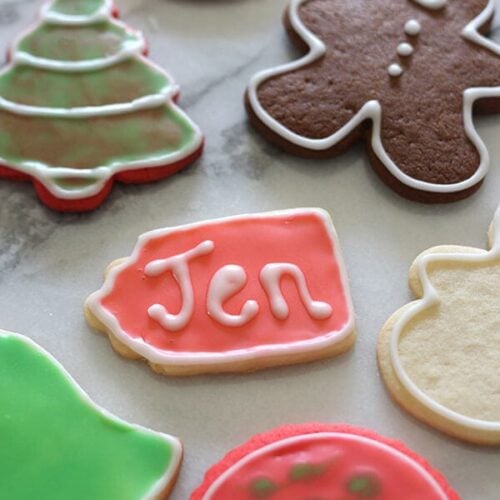
Easy Cookie Icing
Ingredients
For the border icing:
- 1 cup (4.4 ounces) powdered sugar (or more – see note), sifted
- 1/2 teaspoon vanilla extract
- 2 tablespoons water or milk
- Gel food coloring, if desired
For the flood icing:
- 1 cup (4.4 ounces) powdered sugar, or more, sifted
- 1/2 teaspoon vanilla extract
- 3 tablespoons water or milk
- Gel food coloring, if desired
Instructions
For the border icing:
- In a small bowl, use a fork to beat together all the ingredients except the food coloring. Beat in the food coloring, a few drops at a time, until colored to your liking. The mixture should be very thick but still pourable. Add more powdered sugar as needed.
- Transfer the border icing to a squeeze bottle using a funnel. You can also scoop into a pastry bag fitted with a small plain tip. Before you begin icing any cookies, take a few moments to practice on a piece of parchment paper to get the feel of the icing.
- Holding the bottle or bag tip directly over one corner of a cookie, begin tracing an outline of the cookie, squeezing gently and using both hands if needed to maintain consistent pressure. I prefer to allow a little slack in my icing line as I go. If you mess up, simply wipe the icing off and start again. Allow the icing to dry slightly before continuing with the flood icing.
For the flood icing:
- In a small bowl, use a fork to beat together all the ingredients except the food coloring. Beat in the food coloring, a few drops at a time, until colored to your liking. The mixture should still be pretty thick, but will drizzle more freely than the border icing. If needed, add a splash of additional water or milk to loosen until the consistency is pourable. Or, add more powdered sugar as needed to thicken. Pour the flood icing into a squeeze bottle or into a pastry bag fitted with a small plain tip.
- Prepare as many batches and colors of flood icing as you need to decorate your cookies.
- Begin filling the interior of the border drawn on each cookie with the flood icing, being careful not to add too much that it overflows the border icing. Use either the nose of the bottle or a small toothpick to push the icing evenly over the cookie and up against the corners.
- Leave the iced cookie to dry for 24 hours. The cookies are dry when the surface is completely smooth and resists smudging when touched. Store the dried cookies between sheets of parchment paper in an airtight container at room temperature for up to 10 days.





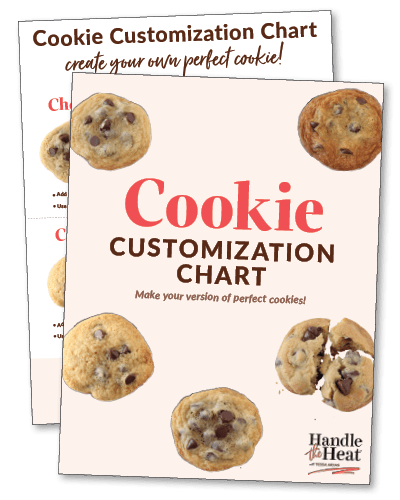
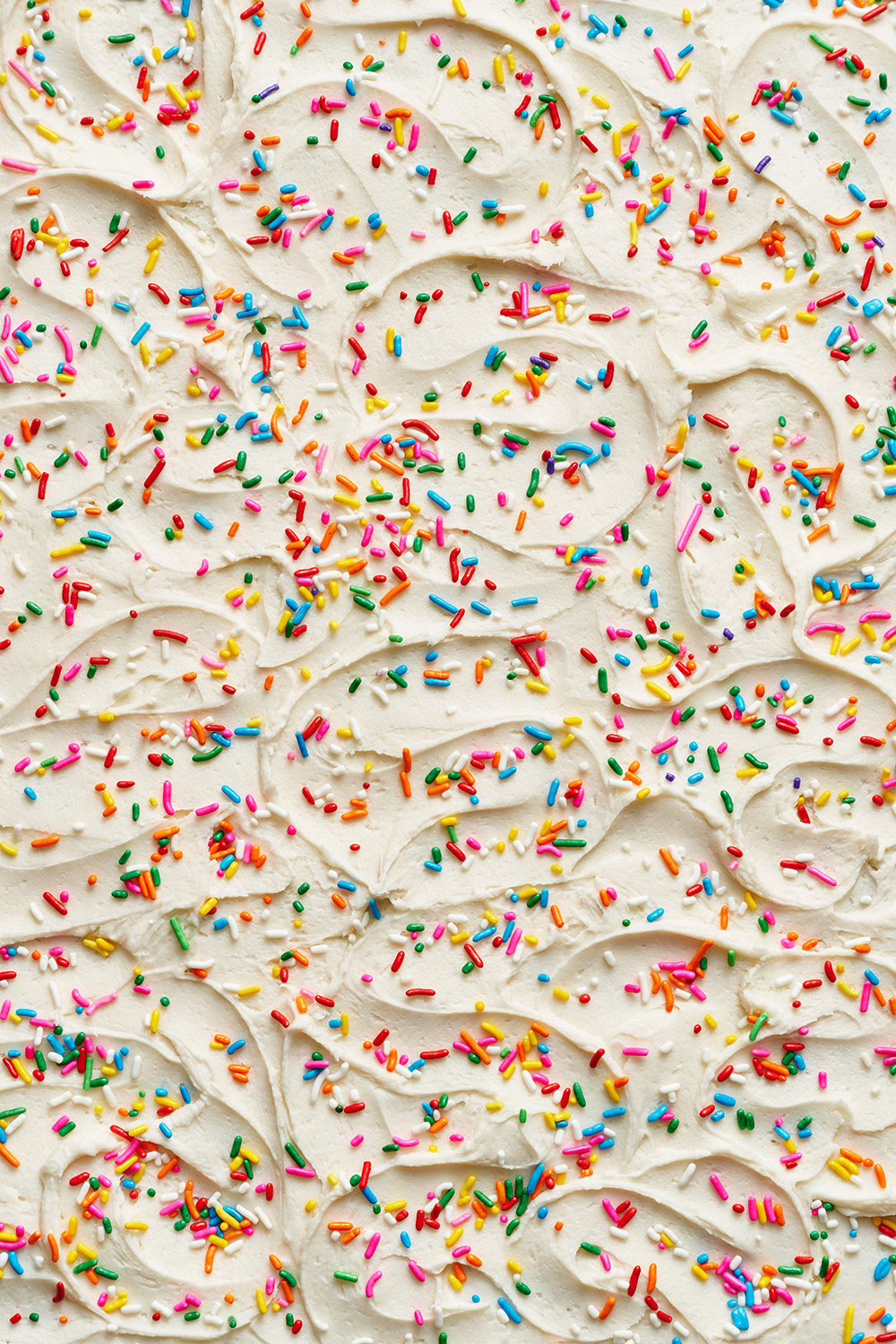
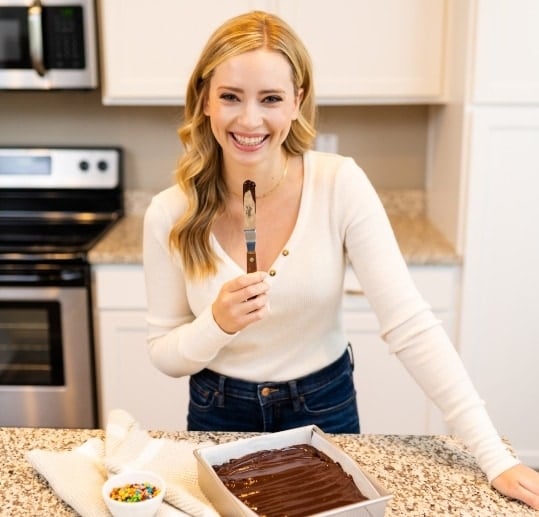

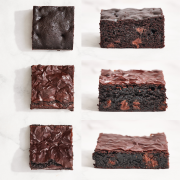
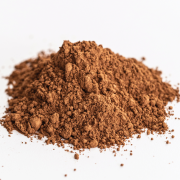
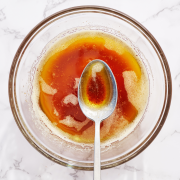


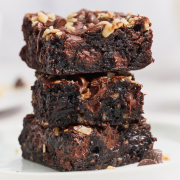
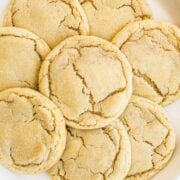
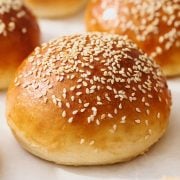








Do you have a gingerbread cookie recipe? (Preferably one that doesn’t spread like crazy and isn’t brick-hard, but works great to cut out.)
☺
Hi Marissa! We do have a Gingerbread Cookies recipe! If you’re looking for a gingerbread house recipe, we don’t currently have one, but it’s a great idea for a future festive recipe!
Thank you! A regular gingerbread cookie recipe is just what I need.
I can’t wait to get your book!!
We can’t wait to hear what you think of Tessa’s book, Linda! 🙂
I want to make Winnie-the-Pooh face. This is my first time using this type of icing. After the base layer of icing, how long do I need to wait to put the eyes, nose, and mouth on with an icing pen or more of this icing piped onto the cookie? Thanks.
Rose
Hi Rose! You’ll want to allow the icing to dry between layers, which, depending on your location, can take a couple of hours. I’d suggest using a gentle fan (lowest setting) to help speed up the process if needed. You could also create a “test cookie” where you can lightly tap the top to see if it’s dry enough (if it’s not, it may smudge, but this way you aren’t ruining your other cookies). I hope that helps!
Used the icing recipes yesterday and no problems.
I’d make 2 small batches – border and flood – and color them (flood being a bit lighter in color) and then use them. This took hours. My wife and I decorated 30 cookies and it took 6.5 hours to mix icing and bake.
I’d love to make one big batch of non-colored icing and then grab what I need and color it. The problem is the icing thickens and gets hard. How can we get past this?
Hi there! If your icing hardens too quickly, add additional water or milk to loosen the icing until you reached the desired consistency, about a teaspoon at a time. Make sure to keep the icing covered as well while it’s not being used as that can dry it out. I hope that helps!
This was VERY runny when made as directed. I needed about twice as much powdered sugar to make it usable.
Do you have to let it set in the fridge?